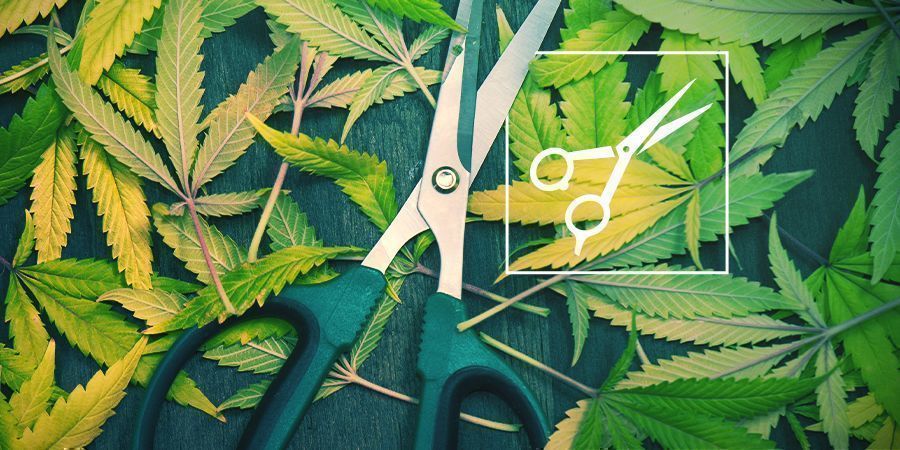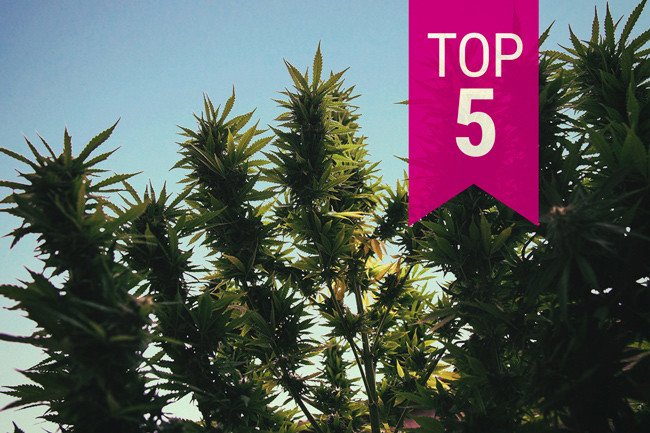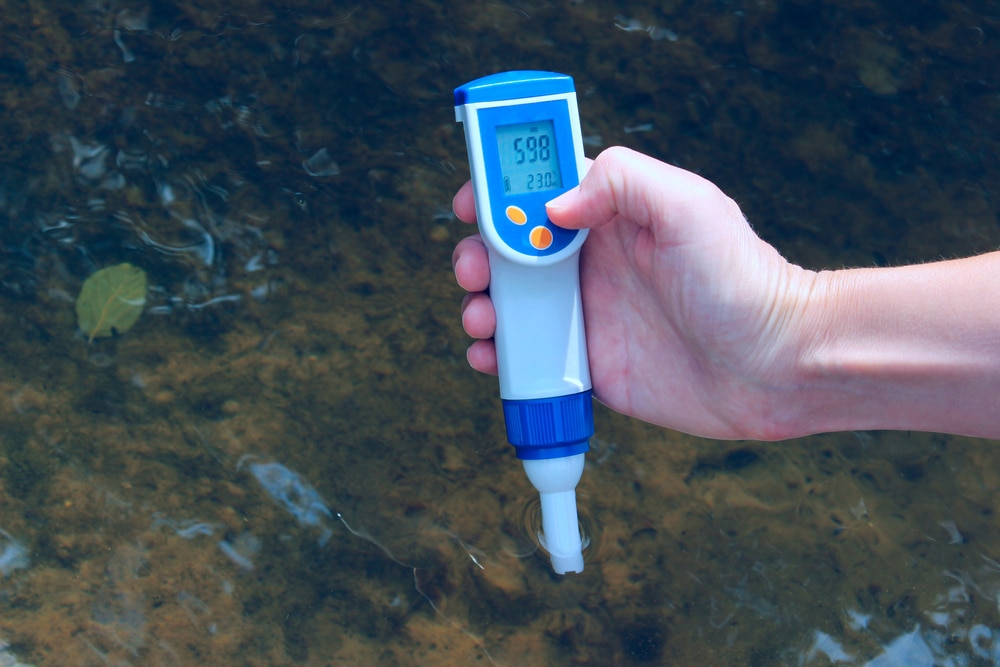No products in the cart.
Marijuana Education
Our Guide On Pruning Cannabis Plants
Do you have a hard time trying to control marijuana plant diseases and infections? Or maybe you have run out of ways in which you could increase your marijuana yields. Well, if any of the above statements describe your situation, or perhaps you are just looking for different ways to take proper care of your marijuana plant, then journey with me as I explain one of the most effective ways of controlling diseases in your marijuana plant, which is Pruning Cannabis.
On top of the few mentioned benefits of pruning, there are other benefits as well, which will be explained below.
So, let’s start by explaining what pruning is, when it should be done, and how it should be done.
What is pruning cannabis?
Pruning is the process of trimming or cutting some parts of a Marijuana plant. It is done for various reasons. Some of the reasons are proper aeration and disease control. Pruning also increases yields as well as encouraging the development of high-quality buds.
When should pruning cannabis be done?
What time in the plant’s life cycle should you perform pruning? Just like anything else in the world, you can do it anytime. But when should pruning be of the most benefit to the plant?
Well, the best time to prune your marijuana plant is in the early stages of growth. That is precisely the first or the second week of its vegetative stage.
An essential point to note, it is not advisable to prune your plant during its flowering stage. As you may ask, why is that the case? Leaves pruned during the vegetative stage have a great chance to regrow. Whereas leaves pruned during the flowering stage will not grow again. Getting rid of infected leaves should be done at any time the farmer encounters them.
Pruning cannabis techniques
When pruning is done to only remove damaged tissues or infected leaves, there is no effect on the yields. But when the aim of pruning includes increasing the yields, the following main techniques are used:
1. Topping
Topping is the practice where the plant’s central stalk is cut during the plants’ vegetative stage. By doing this, the plant develops new branches and adopts a bushier growth pattern. The process of topping diffuses hormones throughout the branches, making them grow at a faster rate.
When the topping is done, the two new colas are smaller than the initial cola. This minimizes the risk of bud rot. The bushy nature of the topped plant facilitates the equal distribution of light. This ensures that every single bud has access to sunlight. However, with all these advantages and benefits, topping has a disadvantage. After topping, the plant needs to be given enough time to heal. This results in a lengthier vegetative growth period.
2. Fimming
This is a different version of topping in which a percentage of the terminal bud is trimmed. As a result, the topping process results in two new buds, fimming results in buds ranging from 3 to 8. Fimming works best when done by farmers working in small spaces. Fimmed plants require to be structurally supported by the grower. This is because they are not as stable as the ones which are topped.
3. Lollipoping
This technique is suited for indoor growing or overly humid outdoor growing. The technique aims at leaving the near the top branches which are able to receive enough light. All the lower growth parts are trimmed, leaving the branches near the top of the plant. There is no specific way in which to carry out the process. However, the most commonly known ways are, doing it once a few weeks before the marijuana progresses to the flowering stage. Others repeatedly trim the lower growing parts of the plant until it exits the vegetative stage.
How to prune marijuana
To prune your marijuana, you will need a pair of pruning shears. As you embark on pruning your plant, you should observe the following precautions:
- You should ensure that you don’t prune more than a third of the leaves on the plant.
- You should avoid carrying out more than two pruning sessions in the plants’ life cycle.
- Avoid pruning during the flowering stage of the plant.
To ensure the safety of your plant, keep your pruning shears sharp and follow the procedure below:
- Remove large branches first: This will help facilitate your movement as you proceed to prune the rest of the plant. Work on the branches at the bottom of the plant first since they can’t receive any sunlight.
- Cut off branches that will be shaded out: Use your judgment to identify branches that are not likely to receive sunlight. After identifying them, cut them off.
- Prune any small or dying branches and leaves
Post pruning care for marijuana
However, if the pruning process is perfectly carried out, the plant will have to go through a period of stress. Thus your plant will need to be given some time to recover. During this period, you as the farmer should ensure that the plant is watered with plenty of water.
You should also ensure that the plant receives enough light to hasten the recovery process. It is also highly recommended that you give your plant some nourishments. An example of such nourishments is vitamin B complex fertilizer which, together with the water, will greatly benefit the plant.
During the flowering stage, adding some organic phosphorus-rich fertilizer is highly favorable to the plant.
Final thoughts
In conclusion, in the quest to get more yields for marijuana growers, pruning is an effective way to this end. However, some extra care is generally needed in the entire process to ensure that the desired outcome is achieved.
During the selection of the pruning technique, the most suitable technique should be chosen. Fimming is most suitable for farmers growing in small spaces intending to maximize their yields. But more importantly, extra care should be taken in trellising your garden in this case. Even though these two techniques require different levels of attention, they both improve the final yields. Lollipoping as a technique is more demanding than the other two. Therefore, if you are new to pruning, it’s advisable to use the other two techniques instead.






